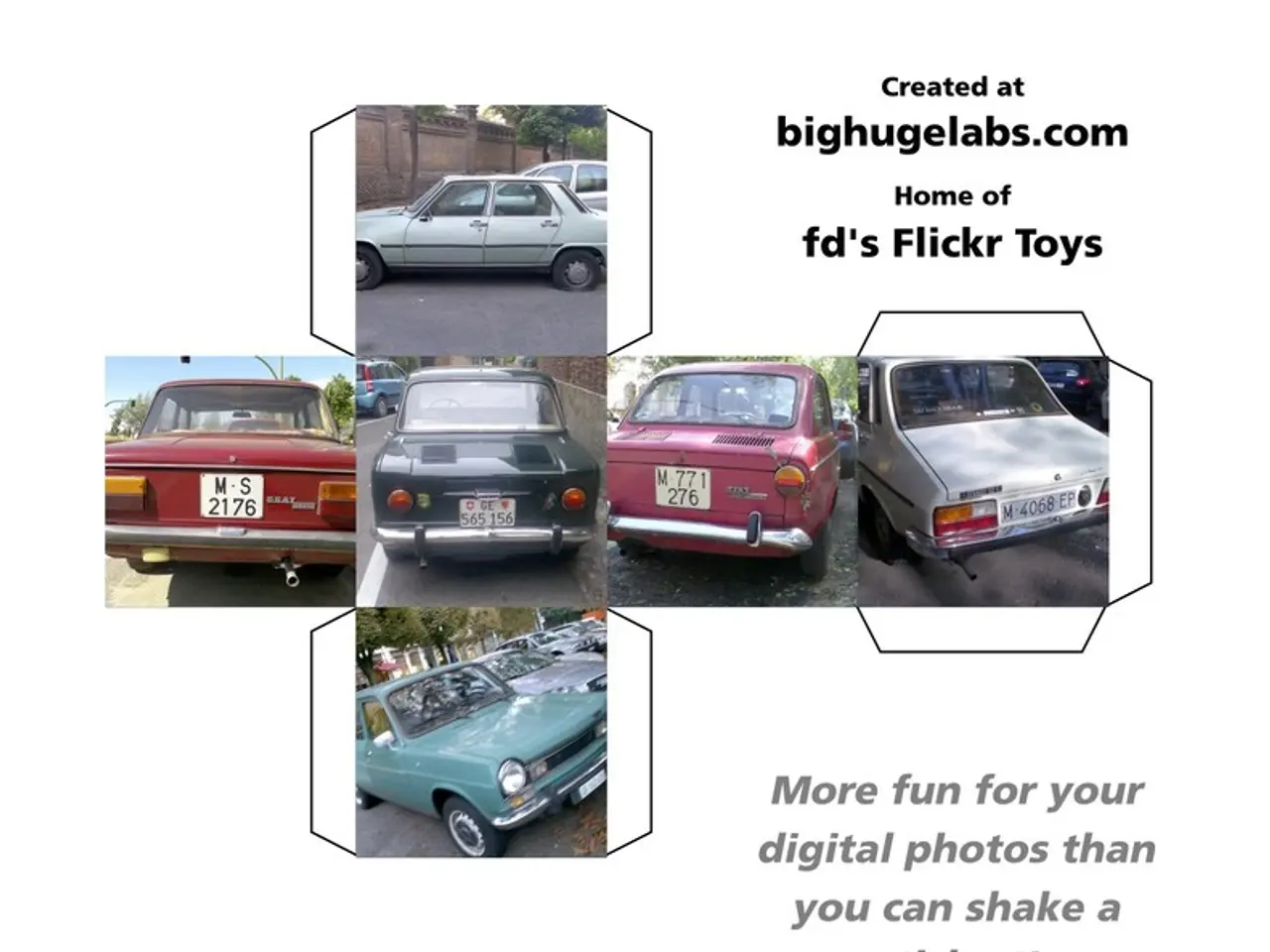Connected Content:
The automotive industry is undergoing a significant transformation, with a shift towards a software-defined future. This transition is laying the foundation for the evolution in transportation, as Original Equipment Manufacturers (OEMs) and their Tier 1-2 suppliers embrace the change. One of the key architectures driving this shift is the Electrical and Electronic Systems (EEA) architecture.
The Rise of Zonal E/E Architecture
At the heart of this change is the Zonal E/E architecture. This innovative design divides the vehicle into physical zones, and all functions within that zone are handled by one computing power. This approach offers several benefits, including reduced wiring requirements, improved communication and data transfer, over-the-air updates, faster software development, and reduced costs and weight.
A key challenge with the Zonal E/E architecture is managing latency and automotive security. However, as technology advances, solutions are being developed to address these issues.
Advanced Driver-Assistance Systems (ADAS) and Sensor Deployment
Advanced Driver-Assistance Systems (ADAS) are becoming increasingly common, and they necessitate sensor deployment throughout the vehicle. This includes cameras, radars, LiDARs, ultrasonic sensors, and other advanced sensor technologies for comprehensive coverage.
In a Distributed E/E architecture, electronic control units (ECUs) are distributed throughout the vehicle, each responsible for specific functions or subsystems. For instance, ADAS features like adaptive cruise control and front collision warning can have separate ECUs.
LeddarVision: A Game-Changer in Environmental Perception
LeddarTech, a leading provider of environmental sensing solutions for autonomous vehicles and advanced driver-assistance systems, offers the LeddarVision software suite. This advanced environmental perception solution utilizes AI-based low-level sensor fusion technology for the automotive market, providing a comprehensive 3D environment model.
The LeddarVision software is designed to enable L2/L2+ ADAS and a 5-star safety rating for new car assessment programs (NCAP) and general safety regulations (GSR). It provides continuous improvement in perception training from system to system, fostering scalability.
EEA: Bridging the Physical and Data Domains
The EEA must accommodate the integration and processing of data from these diverse sensors. This requires robust data fusion techniques, perception output delivery, actuator control, high-speed communication networks, and wiring integration.
EEA can be viewed from two perspectives: the physical domain and the data domain. In a Domain E/E architecture, ECUs are organized into domains based on their functions. Each domain has its own controller which manages the functions within that domain.
Integrated Communication Protocols for Optimal Performance
Integrated communication protocols ensure efficient data transmission and real-time coordination among different components, optimizing the performance and responsiveness of ADAS functionalities. This is crucial for the high computational requirements for real-time perception, decision making, and control functions.
The shift towards a software-defined future in automotive OEMs and their Tier 1-2 suppliers is not without its challenges. However, with innovative solutions like the Zonal E/E architecture and the LeddarVision software suite, the future of transportation looks promising.








